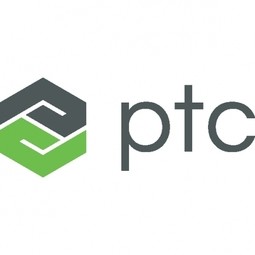下载PDF
NedTrain Parts Management
技术
- 功能应用 - 库存管理系统
适用行业
- 铁路与地铁
适用功能
- 物流运输
- 维护
用例
- 库存管理
服务
- 系统集成
挑战
NedTrain, a leading provider of rolling stock maintenance in the Netherlands, faced several challenges after splitting from NS, the Dutch national train operator. They were contracted by NS to maintain 2,800 units, ensuring no more than 170 were in maintenance at any one time. However, NedTrain often exceeded this limit, requiring NS to fund spare capacity. NedTrain also had to deliver the highest levels of quality and availability for the lowest lifecycle costs to attract non-NS customers. To achieve these objectives, NedTrain knew it had to reduce inventory by improving planning and forecast, improve parts availability across its network of 9 main locations, 35 service locations, and 65 warehouses, reduce harmful part cannibalization, distinguish planned from unplanned usage, and synchronize business processes.
关于客户
NedTrain is the leading provider of rolling stock maintenance in the Netherlands. It supports operators and owners by maintaining, modifying, and upgrading railroad cars and locomotives on a 24/7 basis. The company was split from NS, the Dutch national train operator, in the 1990s. Since then, it has been contracted by NS to maintain 2,800 units, ensuring no more than 170 were in maintenance at any one time. NedTrain also aims to deliver the highest levels of quality and availability for the lowest lifecycle costs to attract non-NS customers.
解决方案
NedTrain selected PTC’s Service Parts Management solution to address its challenges. The functionality of PTC’s solution was a perfect match for NedTrain’s needs, integrating smoothly with its ERP system and providing a reliable platform for the planning of its parts across a complex network. The solution allowed NedTrain to improve customer service levels while reducing inventory and synchronizing business processes. It also improved parts availability to 94% at the location level and to 98.5% at the network level. Furthermore, the solution enabled NedTrain to manage and balance central and regional stock as it relocated large volumes of parts from 6 maintenance centers to one new central distribution center in Tilburg (the Landelijk Logistiek Centrum - LLC).
运营影响
数量效益
相关案例.
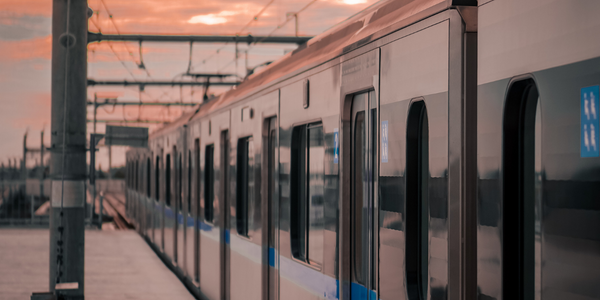
Case Study
Building Smart IoT-Connected Railways
• Difficult environment. Communications equipment on trains must function properly in harsh conditions, such as environment temperatures ranging from -25°C to +85°C, according to the EU standard EN50155.• Railway regulations. All products in a train must adhere to strict standards, relating to working vibration, power consumption, and lifetime.• Lengthy process. Time to market in the railway industry can take years from concept to mass production, so product design requires a solid long term vision.
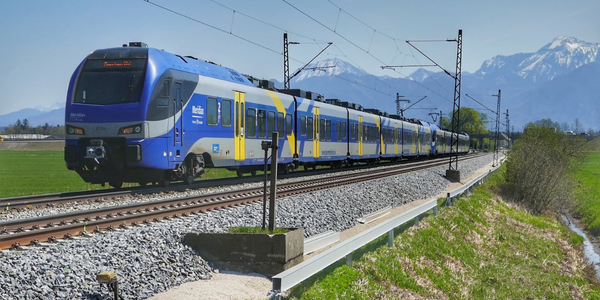
Case Study
Connected Transportation: A Smarter Brain for Your Train with Intel
A modern locomotive, for example, has as many as 200 sensors generating more than a billion data points per second. Vibration sensors surround critical components, video cameras scan the track and cab, while other sensors monitor RPM, power, temperature, the fuel mix, exhaust characteristics, and more.Most of today’s locomotives lack sufficient on-board processing power to make full use of all this data. To make matters worse, the data from different subsystems, such as the brakes, fuel system, and engine, remain separate, stored in isolated “boxes” that prevent unified analysis. The data is available, but the technology needed to process it in the most effective manner is not. As new sensors are added to the machine, the problem escalates.
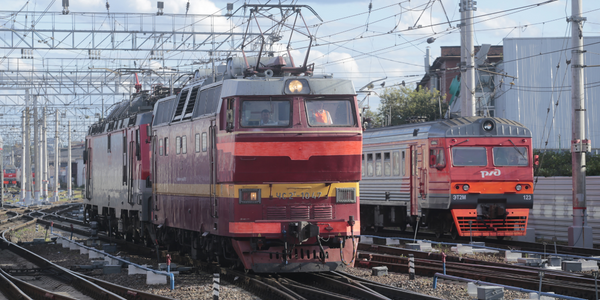
Case Study
Using LonWorks to Keep Acela Trains Zip Along
Canadian transportation company, Bombardier was tasked with building a bullet train system on rails that were designed for lower speed trains. In addition, they had to ensure safe and optimal operation at high speeds, maximize train uptime and enhance communication with passengers.
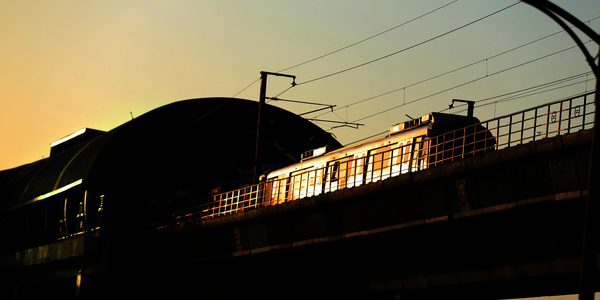
Case Study
Delhi NCR Metro: A Mobile App Revolutionizing Public Transportation
The Delhi NCR Metro, a major public transportation system in India, was facing a challenge in providing accurate and comprehensive information to its daily commuters and tourists. The lack of a centralized platform for information about metro station details, train schedules, fare details, parking, elevators, and tourist locations was causing inconvenience to the users. The challenge was to develop a mobile app that could provide all this information accurately and conveniently. The app needed to be equipped with GPS services to help users find the nearest metro and renowned locations. An interactive map was also required to assist travelers who were familiar with the metro lines. The goal was to provide maximum information with minimum input.
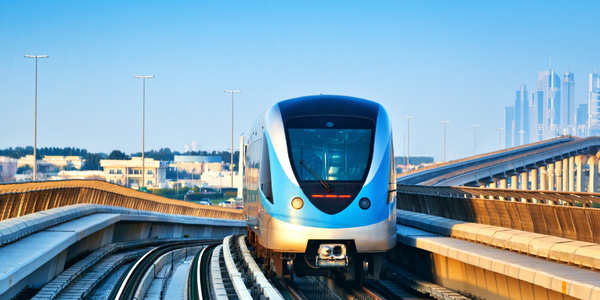
Case Study
Automated Railcar Inspections Increase Security and Revenue
Providing industry and government customers with intelligent inspection, automation, safety, and security solutions, Duos Technologies Group, Inc. (“Duos” or the “Company” - Nasdaq: DUOT) continually pushes the boundaries of IT. To keep pace with expanding AI-enabled data capture analytics for its edge railcar inspections, the company chose the latest Dell EMC PowerEdge servers.Duos Technologies’ challenge was finding a way to leverage technology as a force multiplier to meet customer requirements for a better, faster inspection process for trains running at full speed. Duos developed innovative data analytic solutions with AI at the edge to conduct more reliable railcar inspections, which are available 24/7/365 in all climates and conditions.




